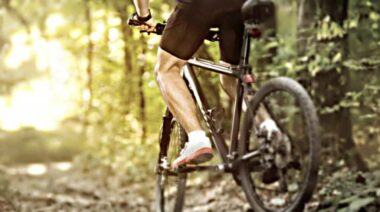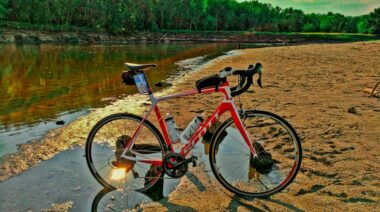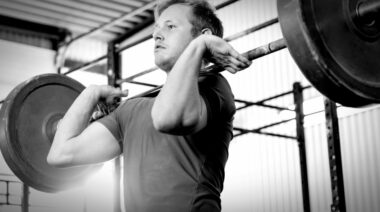One of the most important things that I have discovered as both an amateur athlete and a coach is the value of tracking progress. August tends to be my fun month due to various holidays and the sunnier weather. But even if my training and event regimen tends to be a little less formal, I still find value in recording what I’ve done in addition to planning what I intend to do.
This week I’m going to share with you my top tips for doing this in an easy and useful way.
Electronic or Paper?
If you use some form of training device, such as a heart rate monitor or cycling computer, there is usually some OEM or third-party tool that will help you capture information about your activity and track it on an on-going basis. Personally, though, I find these often do not capture all the information I like or that they can be difficult to use.
In the past, this has meant that I’ve also found it necessary to supplement this electronic information with a paper-based diary. But, even that has its disadvantages and over the years I’ve amassed an assortment of different booklets where useful information can easily get buried.
Why You Should Keep a Training Diary
The following might be useful for you to journal in regards to an event:
- Track performance and measure progression over each season and year by year.
- Record useful information about an event, like where the car parking is arranged and how much it cost, train timetables, organizer contact details, a link to the event website, accommodation details, new contacts, travel plans, and details about the event like its route and the quality of the provided drinks and snacks.
- Include post-event pictures, your event preparation list, notes about equipment configuration, charts showing performance data, and a plan for drinks and snacks.
For me, one of the most important things you can capture from any event or training session is the answer to the question, “What did I learn?” This is best recorded soon after the event while the information is still fresh in your mind.
Other elements to journal could include ad hoc notes like what the weather was like, if there was a fantastic view along the route, or how you rated the cake stop.
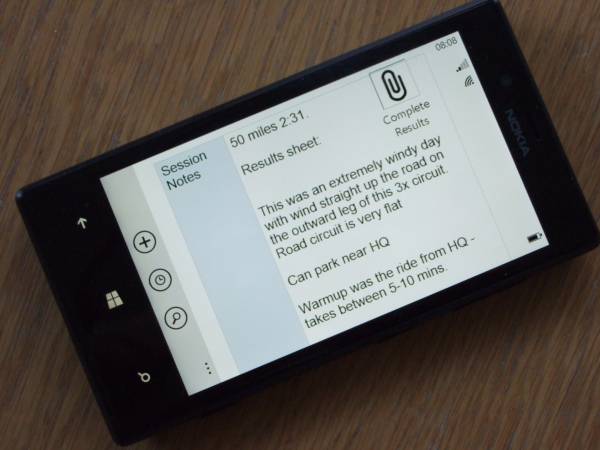
For training sessions, a similar list can be made. This might take the format of a traditional training diary done on a period/monthly/daily basis.
- Training targets can be planned by session to include a warm up activity, details about the work phase, and cool down activities.
- If you are working on a particular nutrition plan, you could include a log at a detailed or summary level in conjunction with any other tool you are using.
- If your training session is taking place in an unusual location, like a track visit or special training session, you could include additional notes about the training location, such as parking, availability of drinks, changing facilities.
- Notes about the session itself, such as who led the session or what the source of the session was if from a book or third party program, plus how you felt during the session.
- You could include additional links to the training program website or to the results recorded from a tool that you use with a training computer.
- Thoughts regarding if your program needs tweaking in some way or if it should be regressed due to fatigue, illness, or injury.
Like events, one of the most important points to record is what you learned. This could be some detail about a skill you should practice or just simply if the warm up was sufficient or if an exercise was harder or easier than expected.
Can You Recall Information Easily?
There is a lot of information here. Some of it will be useful on a short-term basis, like this week’s training schedule, and some of it on a long-term basis, like the records from an event that you might do again in the future.
To get the best value from your journal information you need to be able to recall it easily. This is where I have found that things can break down. Either my notes are buried somewhere in an old diary or I no longer have access to some online tool because it has become obsolete or I changed my brand of device.
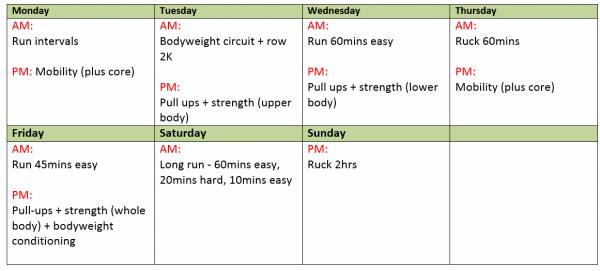
One solution to this is to use an electronic notebook. There are some great tools that have become available in recent years. They work across a number of platforms including Android, iOS, and Windows. These tools synchronise across all your devices – phones, tablets, and PCs – so you should never be without access to your training log. Two examples are Evernote and OneNote.
If you have ever had a paper-based organizer, you will be familiar with how these tools work, as they are based on dividing up your notes by notebooks, sections, and pages. The great advantage of using an electronic note is that you can record items from a range of devices, as well as add media and links to enrich your notes. What is more, the ability to use the search tools to quickly find previous logs can enable you to track progress and plan future events more effectively.
OneNote is absolutely free for Android, iOS, and Windows and will also synchronize your notes in cloud-based storage so that you could, for example, start your notes after the session using your phone and complete them when you are back at home using information from your training computer application.
Creating an Event Notebook
You could create separate notebooks for events and training every year. Beyond that, you could break down each event notebook into sections for each event.
Within each event section use separate pages for event registration and organization details, pre-event equipment checklists, pre-event tapering, travel plans, post event photos, event record, and results. In the last section, record your commentary in a structured way including the result, details from your cycling computer, comments about what equipment you used and how you performed and what you learned.
Creating a Training Notebook
A training notebook could be divided into sections for each period or month (if your training cycles on a monthly basis). In addition, a multisport athlete could use separate notebooks for swimming, running, and cycling.
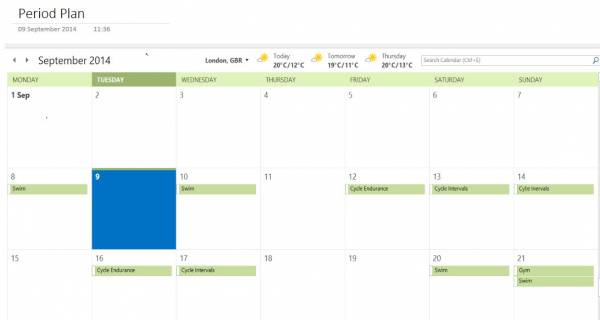
Within each section of your training notebook, you should have pages for the period high-level plan and then pages for each week and each week’s session plan. If you have a training plan that is already compiled from a third party, you could paste each session into the relevant page. If your plan is built using a spreadsheet, then you could try embedding the complete spreadsheet in the notebook.
For each session you would include: the detailed session plan, the session result, training computer data, your session notes, links to any third party online resources, and what was learned.
Enriching Your Records
A benefit of using an electronic diary or notebook is that when you have created a suitable page layout for capturing your information, it can be put into a template and copied from page to page so that you do not have to waste time setting the pages up each time or by having an unstructured set of written pages that can be the result of using paper.
This approach to planning and recording your training can be enriched as far as you wish. For example, you could create a training reference notebook with links to articles on Breaking Muscle. Depending upon your notebook technology, you may be able to synchronize your notebook with your main diary or share and email sections or pages with coaches or friends.
The key thing is that you are able to get value from your training log and that it’s not consigned to the bookshelf.

